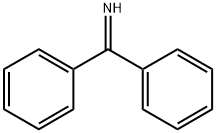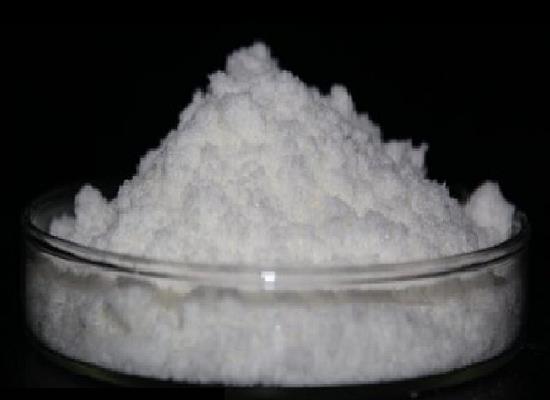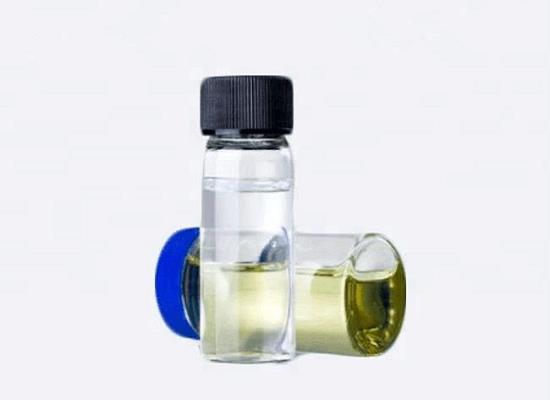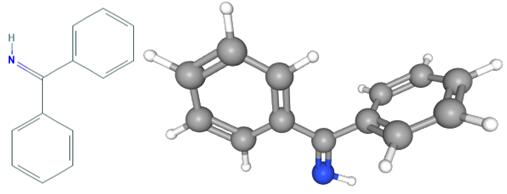Benzophenone Imine: Chemical Properties, Applications in Medical Diagnostics and its Synthesis Method
General Description
Benzophenone Imine, an organic compound with unique chemical properties, is utilized in various applications, including organic synthesis and material science. Despite its toxicity and instability, its reactivity towards electrophiles and nucleophiles enables the creation of complex organic structures. In medical diagnostics, Benzophenone Imine serves as a precursor for the synthesis of (R)- and (S)-[18F]FAMPe, crucial for PET imaging of brain tumors. The synthesis method, involving ruthenium-catalysis, offers a high yield of 91% and provides a mild and efficient approach to producing Benzophenone Imine from alkyl azides. Benzophenone Imine represents a significant advancement in PET imaging for brain tumor diagnostics, enhancing specificity and sensitivity in clinical applications.
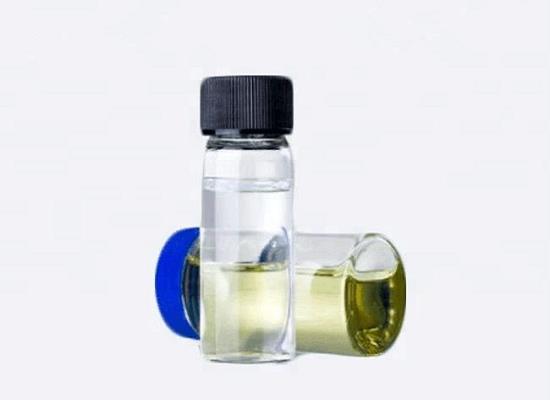
Figure 1. Benzophenone Imine
Chemical Properties
Benzophenone Imine is an organic compound with a distinct imine structure, resulting from the condensation reaction between benzophenone and an amine. This compound is characterized by its aromatic nature and the presence of a carbon-nitrogen double bond, conferring unique chemical properties. Benzophenone Imine finds applications in various fields, ranging from organic synthesis to material science. Its reactivity towards electrophiles and nucleophiles allows for the creation of complex organic structures. Additionally, its fluorescent properties have been explored in the development of luminescent materials. However, its toxicity and instability under certain conditions limit its widespread use, necessitating careful handling and storage. 1
Applications in Medical Diagnostics
Benzophenone imine, a versatile compound, plays a crucial role in the synthesis of (R)- and (S)-2-amino-5-[18F]fluoro-2-methylpentanoic acid, also known as (R)- and (S)-[18F]FAMPe. This innovative tracer, developed for positron emission tomography (PET) imaging of brain tumors, offers promising applications in medical diagnostics. The synthesis begins by combining benzophenone imine with L-Alanine tert-butyl ester hydrochloride in dichloromethane. After stirring the mixture at room temperature, a precipitate forms, which is then diluted with water to separate two phases. The aqueous phase undergoes extraction with dichloromethane, followed by washing with brine and drying over sodium sulfate. The resulting solution is filtered, and the solvent is removed under reduced pressure to obtain N-(Diphenylmethylene)-L-alanine 1,1-dimethylethyl ester. Benzophenone imine serves as a precursor for the synthesis of (R)- and (S)-[18F]FAMPe. Both enantiomers of [18F]FAMPe are obtained with high radiochemical yield and purity. In vitro studies reveal their uptake mechanisms in glioma cells, indicating their interaction with sodium-independent system L transporters and other transport systems. In vivo biodistribution and PET/CT imaging studies demonstrate the efficacy of (R)- and (S)-[18F]FAMPe in tumor imaging, with the (S)-enantiomer exhibiting superior tumor uptake and tumor-to-brain ratios compared to established substrates. In summary, the utilization of benzophenone imine in the synthesis of (R)- and (S)-[18F]FAMPe represents a significant advancement in PET imaging for brain tumor diagnostics, offering enhanced specificity and sensitivity in clinical applications. 2
Synthesis Method
The synthesis of Benzophenone Imine via ruthenium-catalysis involves several steps, resulting in a high yield of 91%. Here's a detailed description: Firstly, a flame-dried J-Young flask is prepared, into which the ruthenium catalyst (4.6 mg, 0.005 mmol) is introduced. Tetrahydrofuran (THF, 0.5 mL) is then added to the flask in the flow of argon gas, and the mixture is stirred in darkness for 10 minutes to dissolve the catalyst effectively. Next, (azidomethylene)dibenzene (104.6 mg, 0.5 mmol) is added to the flask under argon gas flow conditions. The reaction mixture is then stirred under fluorescent light (30W) at ambient temperature for 12 hours. After the designated reaction time, the reaction mixture is concentrated, and the product is purified by column chromatography. This process yields diphenylmethanimine as a brownish orange oil, which serves as the precursor to Benzophenone Imine. This method offers a mild and efficient approach to synthesizing Benzophenone Imine from alkyl azides. Under photolytic conditions, intermediate imines are formed, and subsequent allylation produces a series of allylamines in good yields. The use of ruthenium catalyst facilitates the reaction under relatively mild conditions, highlighting its utility in organic synthesis. 3
Reference
1. Benzophenone imine. National Center for Biotechnology Information. 2024; PubChem Compound Summary for CID 136809.
2. Bouhlel A, Zhou D, Li A, Yuan L, Rich KM, McConathy J. Synthesis, Radiolabeling, and Biological Evaluation of (R)- and (S)-2-Amino-5-[(18)F]fluoro-2-methylpentanoic Acid ((R)-, (S)-[(18)F]FAMPe) as Potential Positron Emission Tomography Tracers for Brain Tumors. J Med Chem. 2015; 58(9): 3817-3829.
3. Kong X, Tian Y, Chen X, Chen Y, Wang W. Electrochemical Oxidative C(sp3)-H/N-H Coupling of Diarylmethanes with Sulfoximines or Benzophenone Imine. J Org Chem. 2021; 86(19): 13610-13617.
Related articles And Qustion
Lastest Price from Benzophenone imine manufacturers
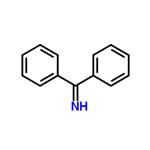
US $0.00-0.00/kg2025-11-20
- CAS:
- 1013-88-3
- Min. Order:
- 1kg
- Purity:
- 98%
- Supply Ability:
- 100tons
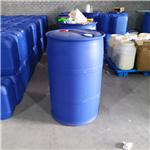
US $0.00-0.00/KG2025-04-15
- CAS:
- 1013-88-3
- Min. Order:
- 1KG
- Purity:
- 99%
- Supply Ability:
- 500000kg
